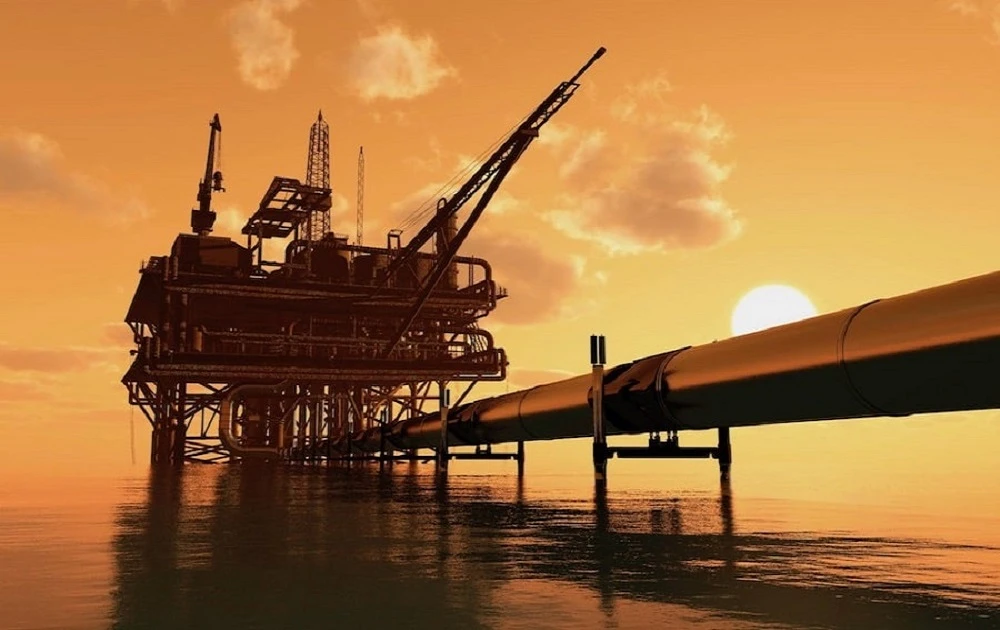Even in this technology-driven world, the oil and gas industry faces numerous challenges like adhering to environmental regulations, managing the life cycle management, lack of performance improvement, and many more.
When this ever-growing data produced by the oil and gas industry will be compressed into compelling insights, one can tackle the challenges. Today will discuss how Big Data technology can be advantageous to the oil and gas industry.
How Can Big Data Help The Oil And Gas Industry?
The oil and gas industry is categorized into three different sectors- upstream, midstream, and downstream. We’ll first start with the upstream part.
-
Upstream Sector
Big Data can be used in the upstream sector for numerous purposes like easing the monitoring processes for consumers. Furthermore, we’ll see the advantages of Big Data in upstream, midstream, and downstream sectors.
-
Aiding Reservoir Engineering
The downhole sensors like temperature and pressure sensors are capable enough to extract valuable data for the industry. This data helps improve reservoir production significantly. Using Big Data analytics, companies can develop systems to get quick updates about the reservoirs’ changes and control the daily operations.
-
Helps In Managing The Seismic Data
Seismic data is very important in the oil and gas industry collected through the sensors. This data is analyzed to evaluate the exact locations for drilling. Above all, one can combine the seismic data with other data sources for knowing the amount of oil and gas available in the reservoirs.
-
Enhancing The Drilling Process
The special equipment is equipped with sensors to gather data during the drilling procedure. This data is further combined with other data sources and analyzed through machine learning algorithms to evaluate the potential failures.
-
-
Midstream Sector
-
Improving The Logistics Process
Logistics is one of the major concerns yet challenges for the oil and gas industry. As a result, this industry makes the best use of sensor analytics for assuring safer logistics. The data can be extracted through the tankers and pipelines to evaluate the upcoming failures.
-
-
Downstream Sector
-
Reducing The Maintenance Costs
The oil and gas industry can use the predictive analysis of Big Data for reducing the maintenance costs of the major equipment. Initially, the performance of the equipment is determined by comparing the previous and current reports. Based on these reports, changes can be made to reduce downtime and maintenance costs. Furthermore, decisions can also be made about the replacement or repair of the equipment.
-
The Significant Ways Of Using Big Data Analytics In The Oil And Gas Industry
For better understanding, we’re here mentioning the genuine ways of using Big Data analytics in the oil and gas industry.
-
To Boost Logistics Efficiency
Using the algorithms, one can evaluate transportation and production costs without overlooking the economic factors. As a result, a decision can be made regarding the transportation of refined products.
-
To Observe The Oil Exploration Areas
The company makes the best use of seismic analysis to evaluate the areas comprising oil deposits. Using the most relevant big data analysis, one can evaluate the most profitable drilling sites.
-
To Reduce The Carbon Footprint
As per the latest reports, the oil and gas industry is moving forward to net-zero emission systems. Reducing the carbon footprint is also a major concern for the oil and gas industry. Using Big Data software and storage technology, harmful emissions can be reduced to a certain extent.
Final Thoughts
With Big Data Analytics, companies can make decisions regarding the machinery, logistics, exploration areas, maintenance, and environmental factors. Like other industries, the oil and gas industry will undoubtedly benefit from Big Data Analytics.

